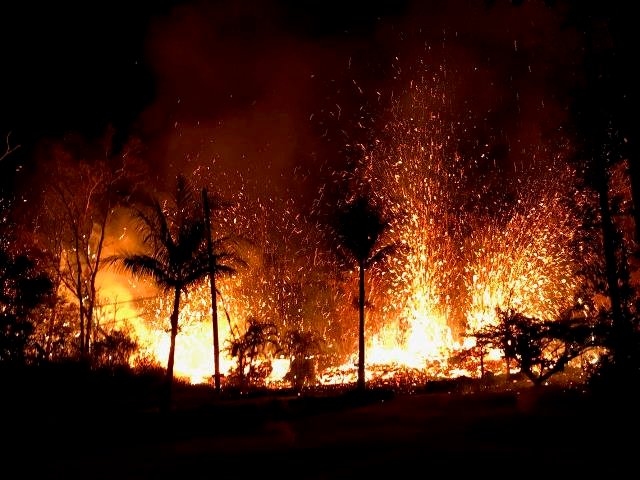
Kilauea volcano is erupting on Hawaii's Big Island causing, and threatening to cause, damage in many areas. Residents were advised to evacuate on May 3, and they were told to expect to be out of their homes for at least two weeks.
According to recent reports, the number of homes destroyed by lava shooting out of 10 openings in the ground created by has climbed to at least 26, and five other structures have also been destroyed.
Volcanoes are spectacular and are one of the more unusual claims as they tend to occur only in certain states. In addition to Hawaii, the states at risk for volcano damage are Oregon, Alaska, California, Washington and Wyoming, due to their location along certain tectonic plates. There are 500 active volcanoes throughout the world, 500 dormant and many extinct. For a volcano to be considered active, it must have had an eruption within recorded history.
Recommended For You
Want to continue reading?
Become a Free PropertyCasualty360 Digital Reader
Your access to unlimited PropertyCasualty360 content isn’t changing.
Once you are an ALM digital member, you’ll receive:
- Breaking insurance news and analysis, on-site and via our newsletters and custom alerts
- Weekly Insurance Speak podcast featuring exclusive interviews with industry leaders
- Educational webcasts, white papers, and ebooks from industry thought leaders
- Critical converage of the employee benefits and financial advisory markets on our other ALM sites, BenefitsPRO and ThinkAdvisor
Already have an account? Sign In Now
© 2025 ALM Global, LLC, All Rights Reserved. Request academic re-use from www.copyright.com. All other uses, submit a request to [email protected]. For more information visit Asset & Logo Licensing.








